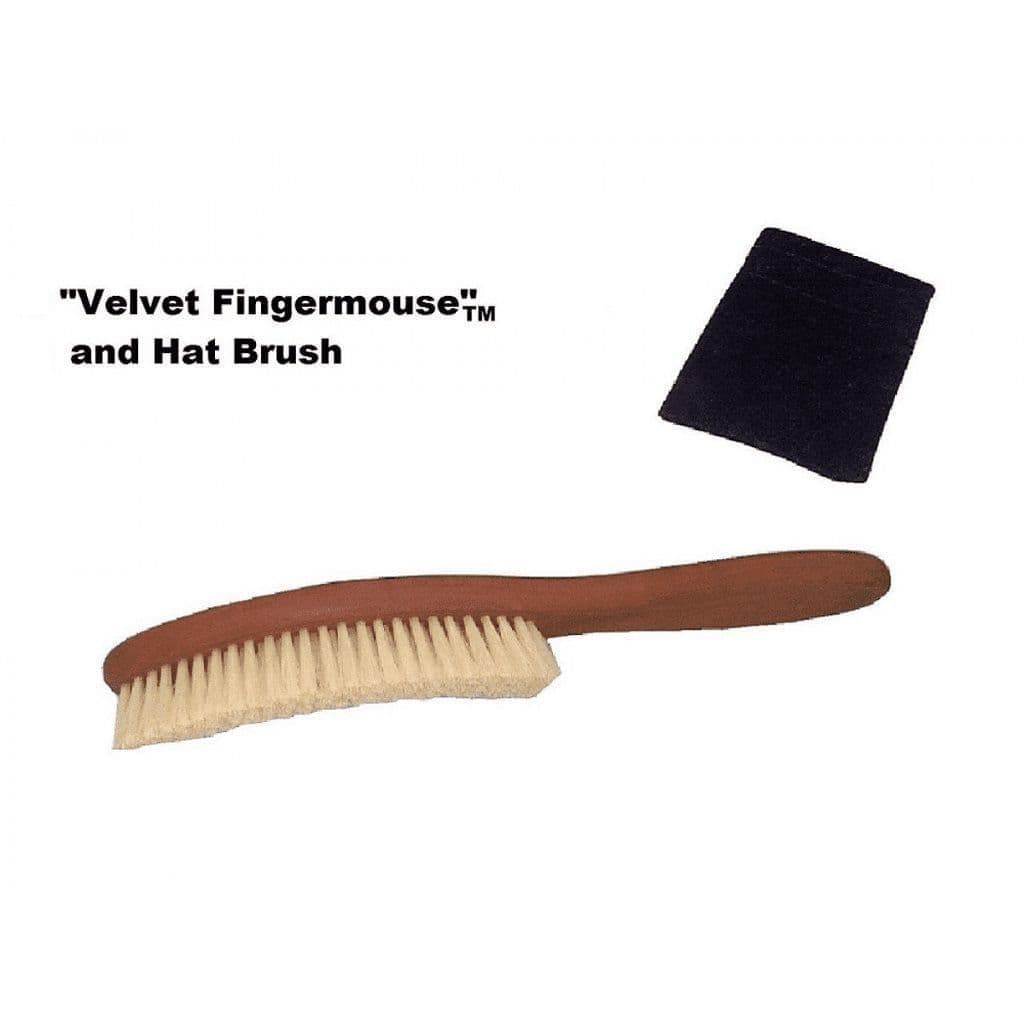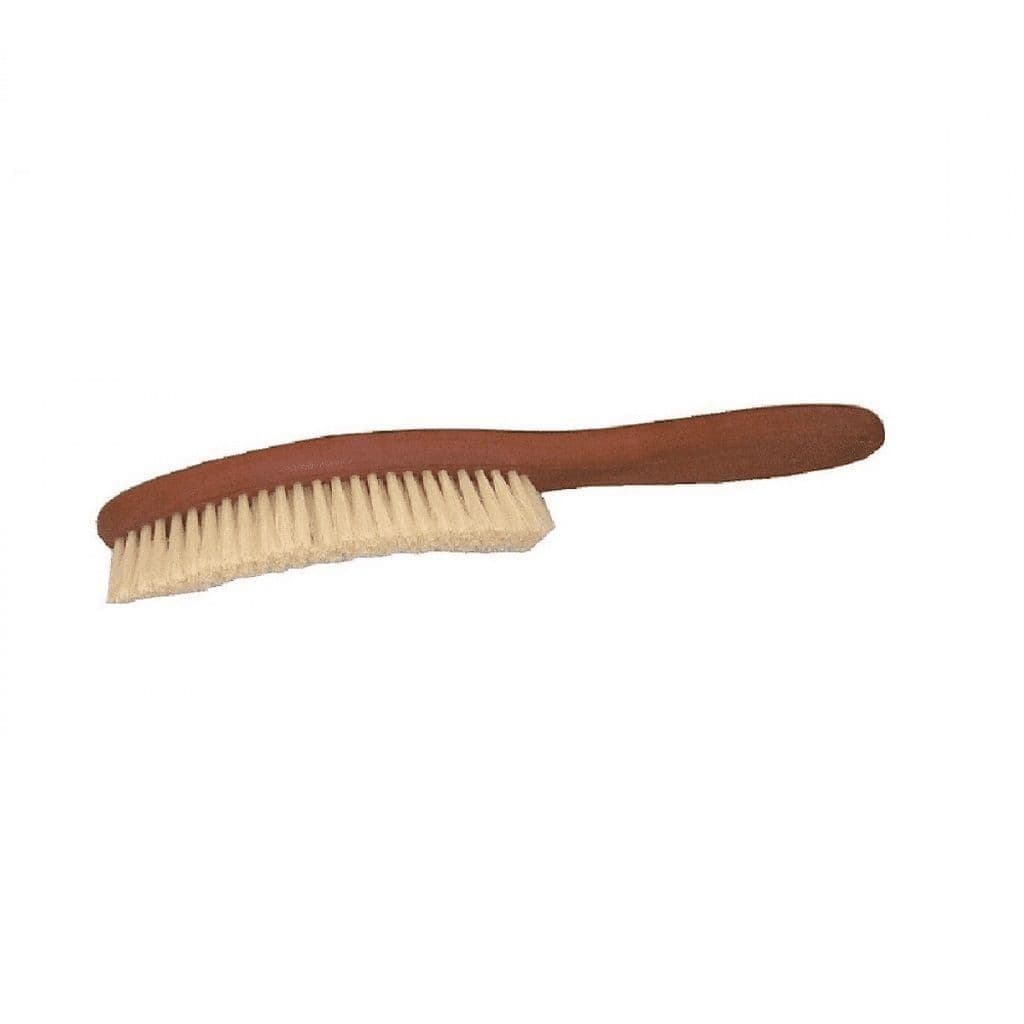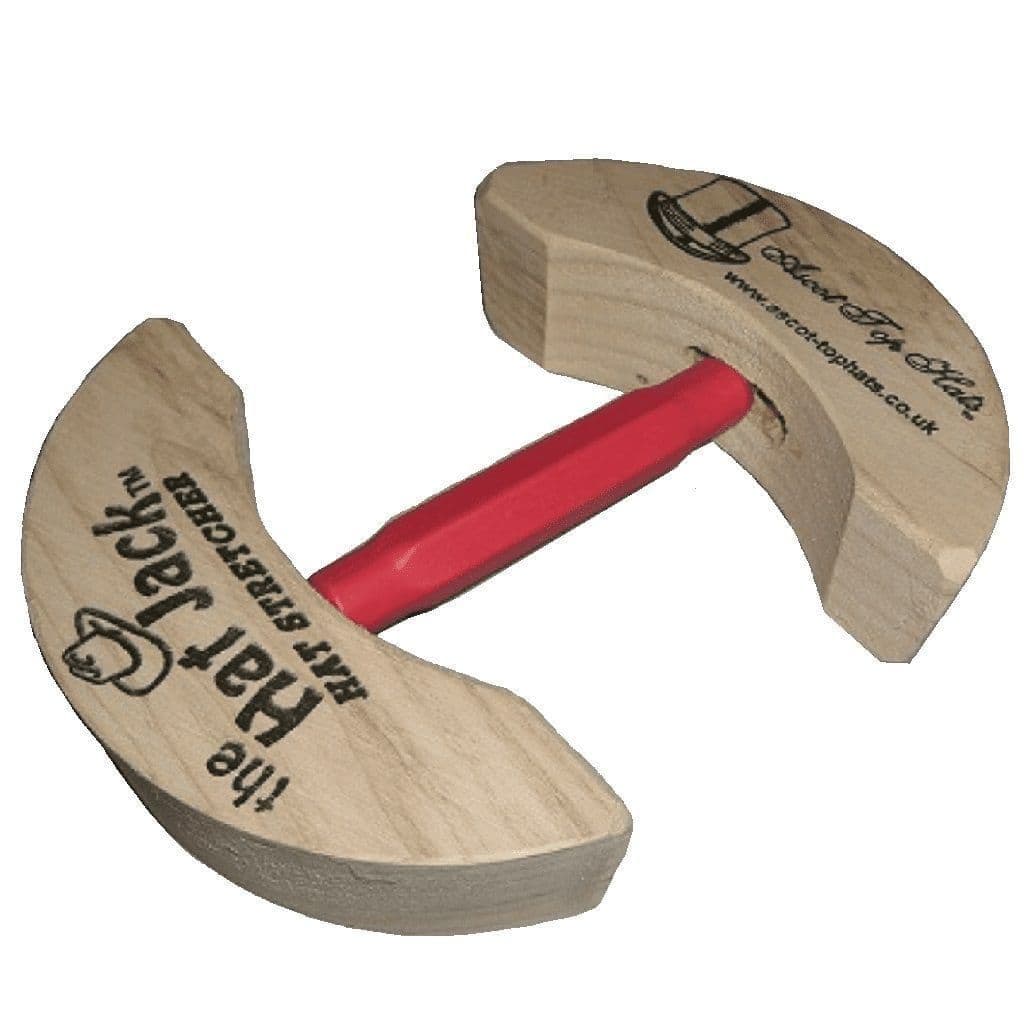How to Keep Care of your Hat
- Care of Silk Plush Top Hats
- Care of Felt Hats
- Care of Straw / Panama Hats
- Care of Tweed / Cloth Hats & Caps
Care of Silk Plush Top Hats

If your silk hat is caught in a rain shower, most vintage hats have a gossamer shell that should keep you reasonably waterproof provided the hat has not been damaged and have cracks in it. Even if it has not rained, prior to storage allow the hat to dry naturally after every use due to perspiration.
Allow the hat to dry naturally in a warm airy environment. Do not dry it over a fire or radiator as this can deform the hat
After drying, clean the hat by dusting off any particles using a brim brush to get into the brim curve. Keep one brush per hat colour, and always brush in the direction of the nap (anti-clockwise looking down on the top of the hat).
After brushing, polish the hat either using a Velvet Pinch Pad to give that a high gloss lustre finish or a Velvet Fingermouse ™ can also be used to touch any areas when out and about. Always polish in the same direction of the nap (anti-clockwise looking down on the top of the hat)
Store your silk hat in a hatbox upside down, with the hat supported by the brim so the Tip (Flat Top of the Hat) does not touch the base of the box. An Ascot Top Hats Medium hatbox, or traditional leather hat case caters for most topper sizes.
Do not store hats in humid conditions, a small packet of silica gel stored with the hat may assist, and if storing in paper, use acid-free issue paper. Cedar anti-moth balls can discourage moths, though it is the actual moth larvae that eat the silk.
Care of Felt Hats

If your felt hat is caught in a rain shower, do not despair as wool and fur felt is made from natural material which spends most of its time outside. Even if it has not rained, prior to storage allow the hat to dry naturally after every use due to perspiration.
Allow the hat to dry naturally in a warm airy environment, if the hat has had a soaking then consider using a Hat Stretcher to maintain the size whilst drying to reduce the likelihood of shrinkage. To reduce the possible amount of shrinkage the quality of the felt becomes a factor. A Fur felt usually has better water resistant properties than a Wool Felt
After drying, clean the hat by dusting off any particles using a brim brush to get into the brim curve. Keep one brush per hat colour (otherwise you may find bits of your Brown Felt Fedora appearing on you Black Silk Top Hat) and always brush in the direction of the nap (anti-clockwise looking down on the top of the hat).
Store your hat in a hatbox upside down, with the hat supported by the brim. An Ascot Top Hats Medium hatbox caters for most topper sizes, or a Wide Brim hatbox for Fedoras.
Do not store hats in humid condition in enclosed bags for long periods, as humidity may lead to mould. A small packet of silica gel stored with the hat may assist, and if storing in paper, use acid-free issue paper. Cedar anti-moth balls can discourage moths, though it is the actual moth larvae that eat the fabric.
If your hat is not to be worn for some time then we consider using a Hat Stretcher to keep it size whilst in storage to reduce the likelihood of shrinkage.
Care of Straw / Panama Hats

If your Straw Panama is caught in a rain shower or fallen in the ocean on your summer holiday, then it may need re-blocking. Panamas are natural material and will dry out and shrink once wetted, This is why a Straw Boater is additionally varnished to provide protection.
Allow the hat to dry naturally in a warm airy environment, if the hat has had soaking then using a Hat Stretcher to maintain the size whilst in drying to reduce the likelihood of shrinkage. Even if it has not rained or gotten wet, prior to storage allow the hat to dry naturally after every use due to perspiration.
After drying, clean the hat after by dusting off any particles using a soft brush (a curved brim brush is not as necessary as with Bowlers and Toppers).
Store your hat in a hat box either upside down, with the hat supported by the brim. An Ascot Top Hats Medium hatbox caters for most panama sizes, or a Wide Brim hatbox for Boaters.
Do not store hats in humid condition in enclosed bags for long periods, as humidity may lead to mould. A small packet of silica gel stored with the hat may assist, and if storing in paper, use acid-free issue paper. Cedar anti-moth balls can discourage moths.
If your hat is not to be worn for some time then we suggest using a Hat Stretcher to keep it size whilst in storage to reduce the likelihood of shrinkage.
Care of Tweed / Cloth Hats & Caps

If your Tweed/Cloth headwear is caught in a rain shower it may not immediately harm the hat or cap. The water resistant qualities of the fabric depend on which headwear you purchased. Some may have a Water Resistant twill or coating.>
Allow the headwear to dry naturally in a warm airy environment, if the hat has had soaking then using a Hat Stretcher to maintain the size whilst in drying may to reduce the likelihood of shrinkage. Even if it has not rained or gotten wet, prior to storage allow the headwear to dry naturally after every use due to perspiration.
After drying, clean the headwear by dusting off any particles using a brush (a curved brim brush is not necessary with cloth headwear as typically no curved rolled brim).
Cloth headwear may be stored in a hatbox but the necessity is more variable depending on the hat or cap type. An Ascot Top Hats hatbox may cater for most sizes. Cloth/Tweed caps may also be folded into themselves for storage.
Do not store headwear in humid condition in enclosed bags for long periods, as humidity may lead to mould. A small packet of silica gel stored with the headwear may assist, and if storing in paper, use acid-free issue paper. Cedar anti-moth balls can discourage moths.
